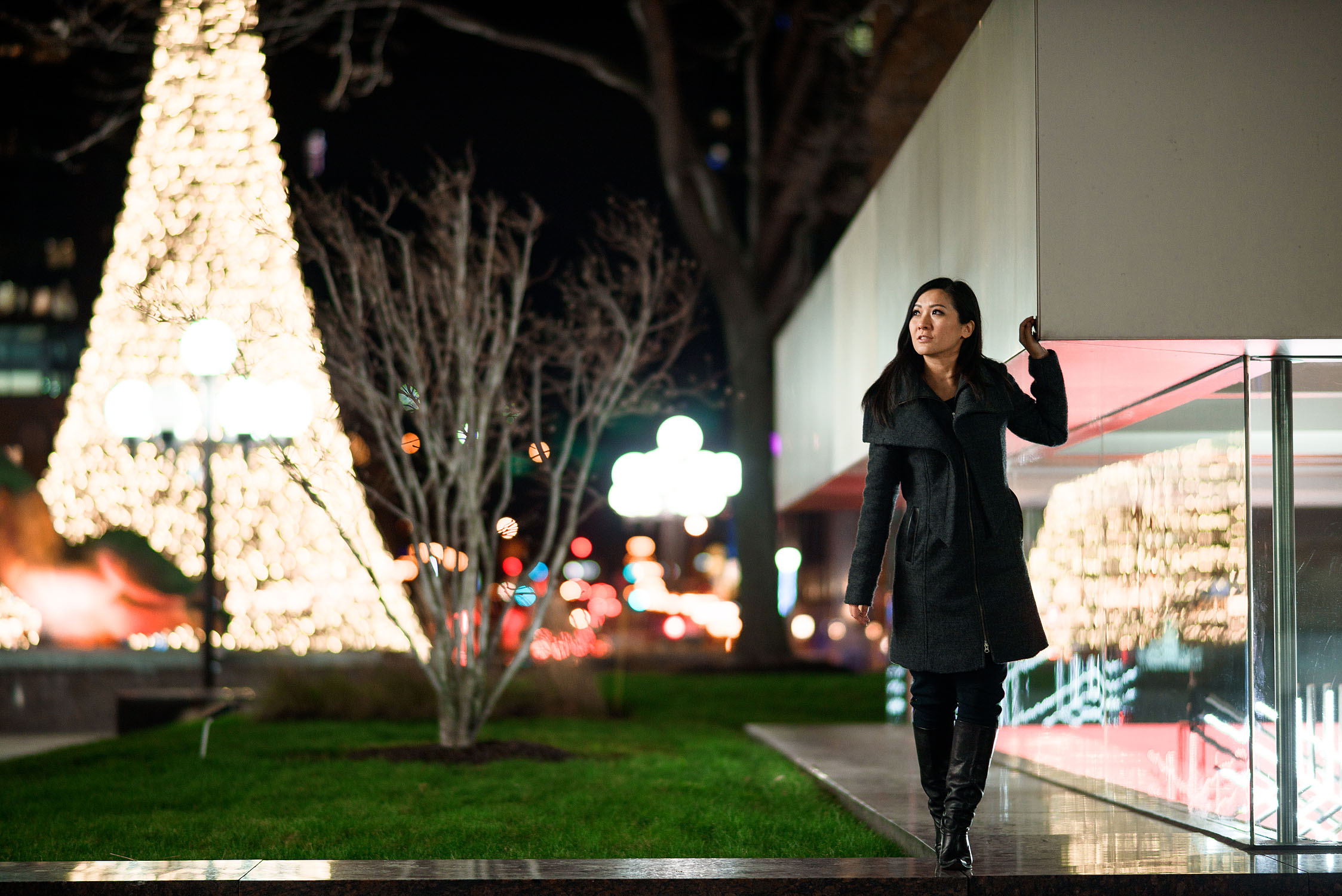Battle of the Portrait Gods: Zeiss 85 1.4 Planar vs. Nikkor 105DC
This post is long overdue. Back in winter when I was doing most of my lens research in finalizing my lens collection, I wanted to make sure about having the ultimate short telephoto portrait lens for the more serious work. After doing proper research, I’ve pitted my 105DC bokeh prince lens against the Zeiss ZF Planar 85 1.4 I rented for Xmas.
What matters for me in a short telephoto portrait lens?
Zeiss Planar 85mm 1.4
- Depth rendition: the lens' ability to display 3d pop
- Micro-contrast: the lens' ability to display color and tonal renditions
- Blur behaviour: the lens' ability to display out of focus areas
- NOT sharpness: a very low-level beginner's attribute really
Why not the Nikkor 85?
Nikkor AF 85mm 1.8D
Nikon does make amazing (the Ai-S and D series) and meh 85mm lenses (the G series). I have owned and shot with all the autofocus versions and none really compares to the rendition of the Zeiss or the 105DC: both lenses are superior in the three cited criteria.
Comparing the technicals
Here are some specifications that could help us further understand the results.
- Both have 6 elements: both lenses are capable of great depth rendition.
- Both are metal built: unlike the overpriced plastic lenses of late, both lenses are built for timeless use.
- The Nikkor has AF: One added practicality.
- The Nikkor has DC ring: The defocus control ring is able to modify the behavior of either foreground or background blur.
- The Zeiss has leaded glass: Zeiss will potentially have the micro-contrast advantage.
- The Nikkor is 105mm and the Zeiss is 85mm: The Nikkor is tighter than the Zeiss.
- The Nikkor is F2 and the Zeiss is F1.4: The Zeiss has bigger blur circles and gathers more light.
Real world testing
As much as I put emphasis on reading the right numbers on this blog, there’s little ways to interpret the performance of both lenses unless using them in a real world situation: taking portraits of a lovely individual with Xmas lights for bokeh (yes, it matters for this test, else using the 85mm 1.8D would have been sufficient). Here are frame matching side by side images of the Zeiss and the Nikkor.
Here we can see that the Zeiss showcases a good lead in micro-contrast, especially when paying attention to the girl’s cheeks and skin tones. Despite being bigger, the Zeiss’ blur circles contain thicker edges than the Nikkor’s, and that’s without using the DC ring on the 105mm. If we simply went by the science, yes the Zeiss is better than the Nikkor in almost everything aside from out of focus blur. There could be more side by side images, but just by looking at these, I already know which one I'm going for.
Understanding the gap
When two lenses are so similar, other thoughts come into play. In my case, I already have a small 85mm lens (the 1.8D) and the 105DC monster comes to bring a significant upgrade over it. The marginal benefit I would gain from losing autofocus and money to the Zeiss isn't so worth it, since I can cover the gap using other ways. While I later did more side by side images, I believe those two lenses are so similar in rendition that I was glad I went with the Nikkor instead of the Zeiss as well as gaining autofocus practicality as well.
Here are some more images taken with the 105DC.














